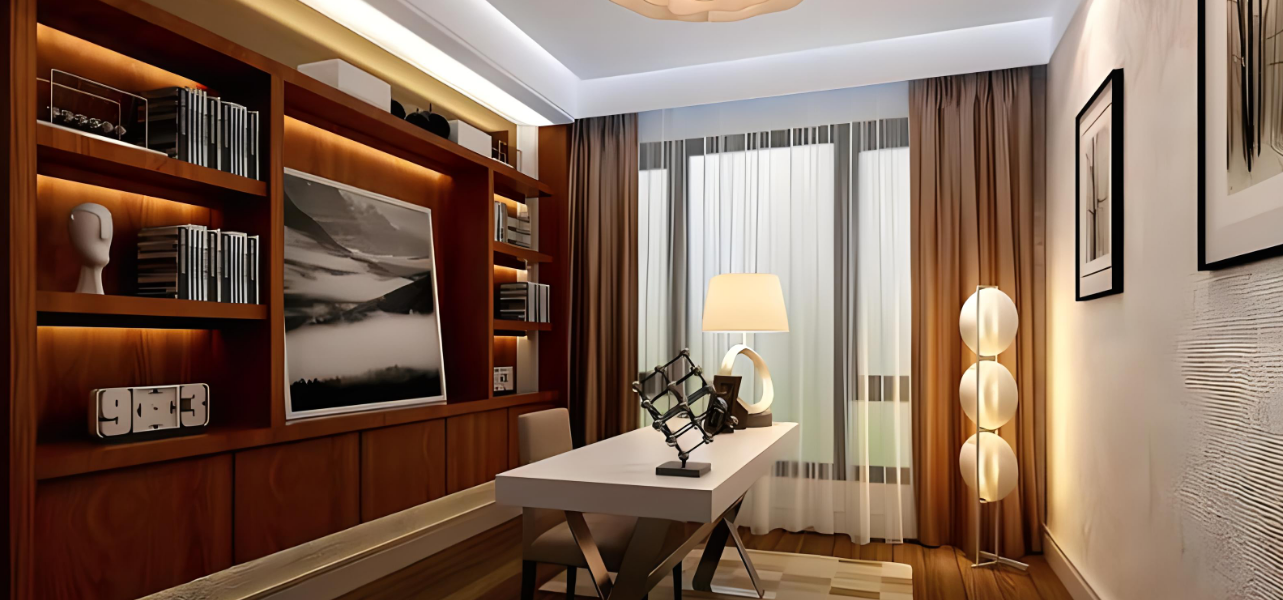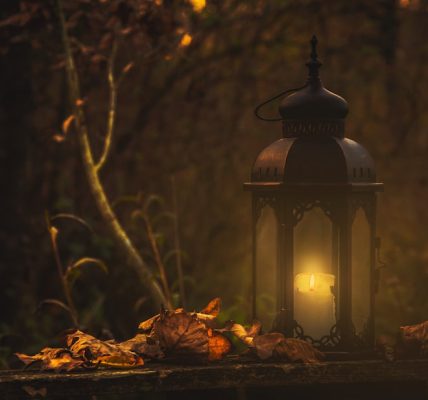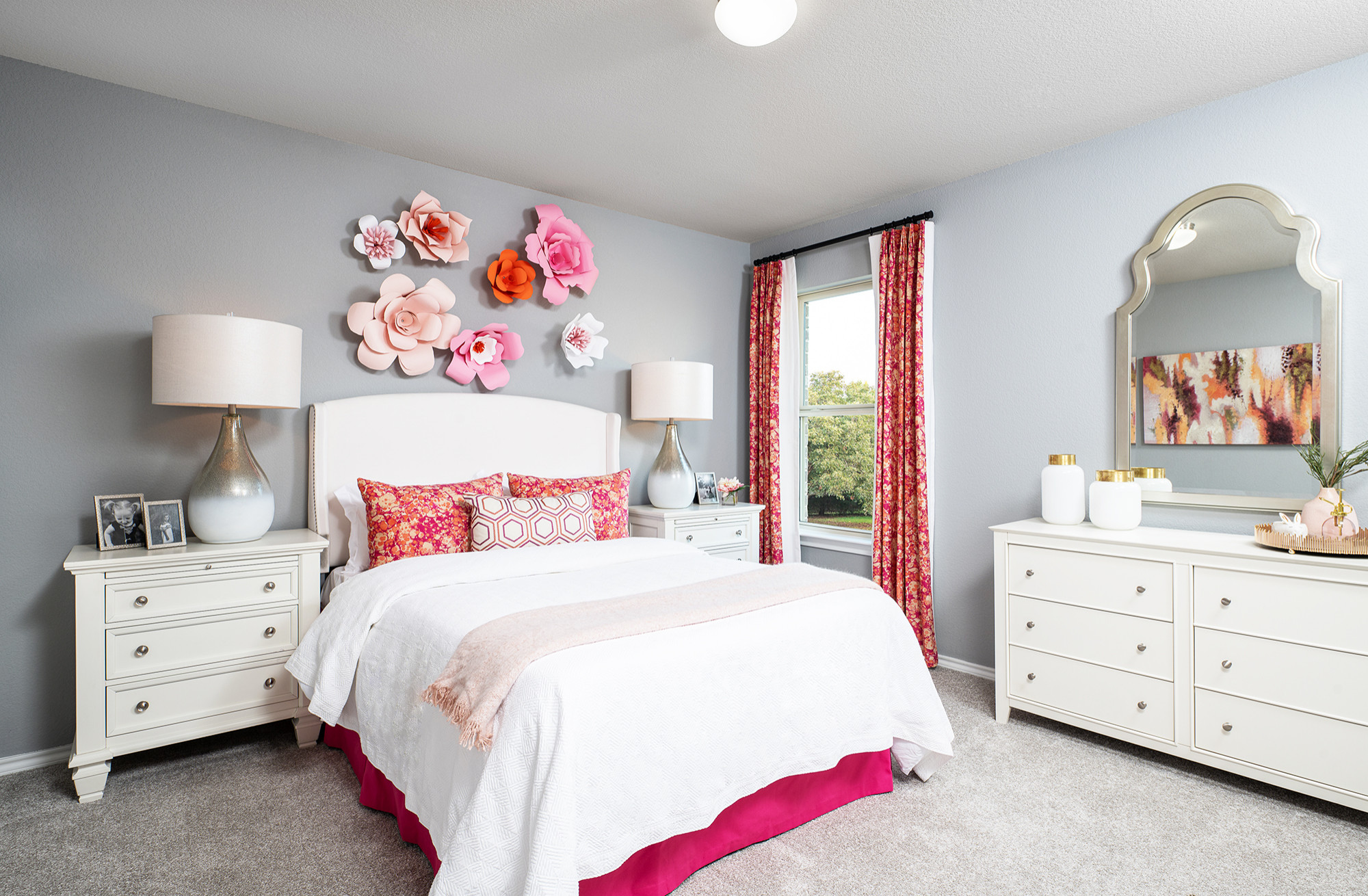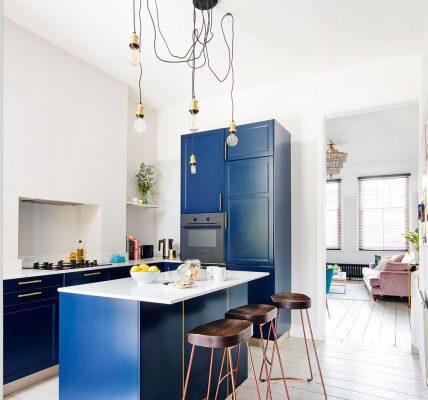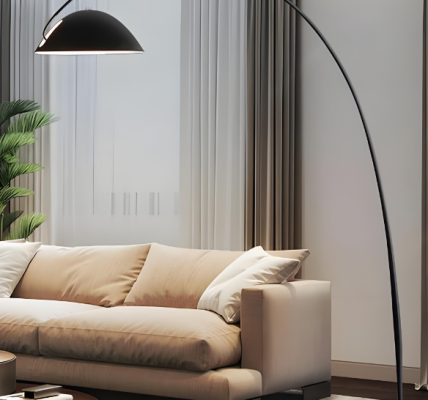When it comes to home decor, lighting is often an overlooked aspect. However, it plays a crucial role in creating the overall ambiance of a room and enhancing its functionality. The right lighting can transform a dull and uninspiring space into a warm and inviting one. It can highlight architectural features, create focal points, and set the mood for different activities.
Lighting has the power to make a room feel cozy and intimate or bright and energetic. It can create a sense of drama or provide a calming atmosphere. By carefully selecting the right lighting fixtures and techniques, you can create a space that not only looks beautiful but also serves its purpose effectively.
Key Takeaways
- Lighting is an important aspect of home decor that can greatly impact the ambiance of a room.
- There are various types of lamps to choose from, including table lamps, floor lamps, and pendant lights.
- When selecting a lampshade, consider size, material, and style to ensure it complements the lamp and room decor.
- Understanding light bulbs, including wattage, lumens, and color temperature, is crucial for achieving the desired lighting effect.
- Layering light with multiple sources can create a cozy and inviting atmosphere in a room.
Types of Lamps: A Comprehensive Guide
There are various types of lamps acllighting available in the market, each serving a different purpose and style. Table lamps are versatile and can be placed on bedside tables, console tables, or desks. They come in various sizes and designs to suit different decor themes. Floor lamps are perfect for providing ambient lighting in larger spaces or for creating a cozy reading nook. Desk lamps are ideal for task lighting and are commonly used in home offices or study areas.
When choosing lamps for your home, consider the style and design that will complement your decor theme. Traditional lamps with ornate details and fabric lampshades work well in classic or vintage-inspired interiors. Modern lamps with sleek lines and metal finishes are perfect for contemporary spaces. There are also transitional lamps that blend elements from both styles, making them versatile options.
Choosing the Right Lampshade: Size, Material, and Style
The lampshade is an essential component of a lamp as it diffuses the light and adds to its overall aesthetic appeal. When selecting a lampshade, it is important to consider the size and shape that will complement the lamp base and the overall proportions of the room.
A general rule of thumb is to choose a lampshade that is about two-thirds the height of the lamp base. This ensures that the lampshade does not overpower the base and creates a balanced look. The shape of the lampshade should also be considered. A drum-shaped shade provides a modern and clean look, while a bell-shaped shade adds a touch of elegance.
In terms of materials, fabric lampshades are popular for their soft and diffused lighting effect. They come in various colors and patterns to suit different decor styles. Paper or parchment lampshades provide a warm and cozy glow, perfect for creating a relaxed atmosphere. Glass or metal lampshades are more contemporary and can add a touch of sophistication to a space.
Understanding Light Bulbs: Wattage, Lumens, and Color Temperature
| Light Bulb Type | Wattage | Lumens | Color Temperature |
|---|---|---|---|
| Incandescent | 40W – 100W | 450 – 1600 lm | 2700K – 3000K |
| Halogen | 20W – 90W | 200 – 1600 lm | 2800K – 3200K |
| CFL | 9W – 52W | 450 – 2800 lm | 2700K – 6500K |
| LED | 4W – 22W | 300 – 1600 lm | 2700K – 6500K |
When it comes to light bulbs, there are several factors to consider, including wattage, lumens, and color temperature. Wattage refers to the amount of energy consumed by the bulb, while lumens measure the brightness of the light emitted. It is important to choose bulbs with the right wattage and lumens for each specific lighting need.
Color temperature refers to the warmth or coolness of the light emitted by the bulb. It is measured in Kelvin (K) and can range from warm white (2700K-3000K) to cool white (4000K-5000K) to daylight (5000K-6500K). Warm white light creates a cozy and intimate atmosphere, while cool white light is more energizing and suitable for task lighting.
Layering Light: Creating Ambiance with Multiple Light Sources
One of the key principles of lighting design is layering light. This involves using multiple light sources at different levels to create depth and dimension in a room. By combining ambient lighting, task lighting, and accent lighting, you can create a well-lit space that is both functional and visually appealing.
Ambient lighting provides overall illumination and sets the mood for a room. It can be achieved through ceiling fixtures, chandeliers, or recessed lighting. Task lighting, on the other hand, is focused and provides light for specific activities such as reading or working. This can be achieved through table lamps, desk lamps, or under-cabinet lighting. Accent lighting is used to highlight artwork, architectural features, or decorative pieces. This can be achieved through wall sconces, picture lights, or track lighting.
By layering these different types of lighting, you can create a dynamic and inviting space that caters to various needs and activities.
Matching Lamps and Furniture: Coordinating Colors and Materials

When selecting lamps for your home, it is important to consider how they will coordinate with your furniture. The color and material of the lamp base should complement the colors and materials used in your furniture pieces.
If you have a neutral-colored sofa or chair, you can add a pop of color with a vibrant lamp base. On the other hand, if you have bold and colorful furniture, a more subdued lamp base in a neutral color can help balance the overall look. Mixing and matching different materials can also create visual interest. For example, a glass lamp base can add a touch of elegance to a room with wooden furniture.
Placement and Proportion: Finding the Right Spot for Your Lamp
Proper lamp placement is crucial for creating the right ambiance and functionality in a room. When placing a table lamp, consider the height of the lamp base in relation to the height of the table or surface it will be placed on. The bottom of the lampshade should be at eye level when seated to provide optimal task lighting.
For floor lamps, consider the height of the lamp in relation to the surrounding furniture. The top of the lampshade should be at eye level when standing to provide adequate ambient lighting. It is also important to consider the proportion of the lamp in relation to the size of the room. A large lamp in a small room can overpower the space, while a small lamp in a large room may not provide enough light.
Task Lighting: Choosing Lamps for Specific Activities
Task lighting is essential for activities that require focused and concentrated light, such as reading, working, or cooking. When selecting lamps for task lighting, consider the type of activity and the level of brightness required.
For reading, a table lamp with an adjustable arm or a floor lamp with a directional shade is ideal. The light should be directed towards the reading material without causing glare. For working or studying, a desk lamp with a flexible arm and a focused beam of light is recommended. For cooking or food preparation, under-cabinet lighting or pendant lights above the kitchen island provide adequate task lighting.
Accent Lighting: Highlighting Artwork and Decorative Pieces
Accent lighting is used to highlight artwork, architectural features, or decorative pieces in a room. It adds depth and visual interest to a space and draws attention to specific areas or objects.
When using accent lighting, consider the type of artwork or decorative piece you want to highlight. For paintings or photographs, picture lights mounted on the wall above the artwork provide focused and adjustable lighting. For sculptures or decorative objects, spotlights or track lighting can be used to create dramatic effects.
Maintenance and Safety: Caring for Your Lamps and Avoiding Hazards
To ensure that your lamps continue to function properly and safely, it is important to maintain them regularly. Dusting the lampshade and base regularly will prevent dust buildup and maintain their appearance. If your lamp has a fabric shade, you can use a soft brush attachment on your vacuum cleaner to remove dust.
When changing light bulbs, make sure to turn off the lamp and unplug it from the power source to avoid electrical shock. Use the appropriate wattage and type of bulb recommended by the manufacturer. If a lampshade becomes discolored or damaged, it is important to replace it to maintain the overall aesthetic appeal and functionality of the lamp.
In conclusion, lighting is a crucial aspect of home decor that can greatly enhance the functionality and ambiance of a space. By understanding the different types of lamps, lampshades, light bulbs, and lighting techniques, you can create a well-lit and inviting home that reflects your personal style. Whether you are looking to create a cozy reading nook, a bright and energetic workspace, or a sophisticated living room, the right lighting can make all the difference. So take the time to carefully select your lamps and lighting fixtures, and enjoy the transformative power of light in your home.
